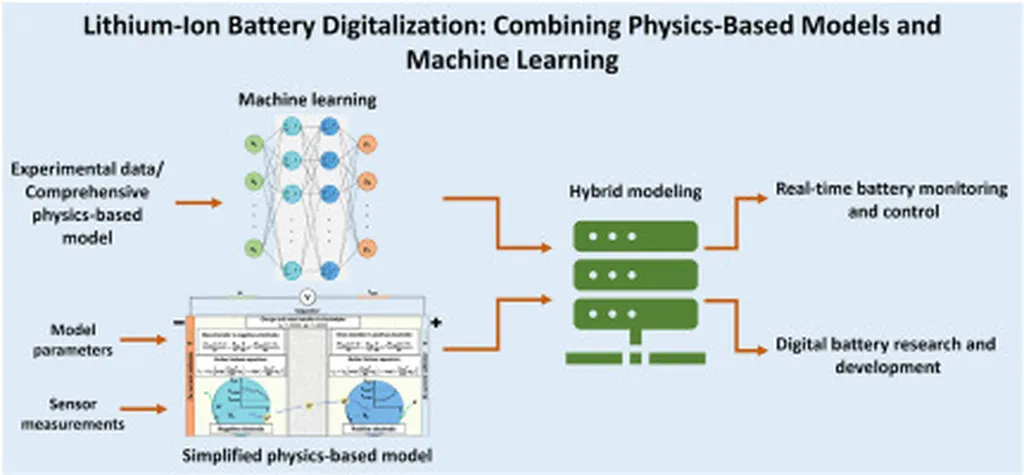Researchers from the University of Michigan, led by Xubo Gu and including Xun Huan, Yao Ren, Wenqing Zhou, Weiran Jiang, and Ziyou Song, have developed a novel approach to battery health monitoring that could significantly improve the efficiency and accuracy of battery management systems. Their work, published in the journal Nature Communications, combines physics-based modeling with machine learning to provide real-time insights into battery degradation.
Battery health monitoring is crucial for ensuring the safe and efficient operation of energy storage systems, from electric vehicles to grid storage. However, current methods often face a trade-off between speed and diagnostic depth. Rapid overall health estimates may lack the precision needed to identify internal degradation states, while detailed internal assessments can be time-consuming. The researchers addressed this challenge by developing a parameterized physics-informed neural network (P-PINNSPM) that can quickly and accurately predict internal battery variables and identify internal parameters.
The P-PINNSPM model is based on a single particle model, which is a simplified representation of a battery that captures key aging-related parameters. By training the neural network on this model, the researchers were able to achieve a 47x speedup over traditional finite volume methods while maintaining high accuracy. This speedup allows for real-time monitoring and control of battery systems, which is essential for applications where rapid response times are critical, such as electric vehicles.
The model’s ability to accurately predict internal battery variables and identify internal parameters also improves the accuracy of state-of-health (SOH) estimation by at least 60.61% compared to models without parameter incorporation. This improved accuracy is crucial for ensuring the safe and efficient operation of battery systems, as it allows for more precise control of charging and discharging processes. Additionally, the model’s ability to extrapolate to unseen SOH levels and support robust estimation across diverse charging profiles and operating conditions makes it a versatile tool for a wide range of applications.
The researchers’ work demonstrates the strong potential of physics-informed machine learning to advance real-time, data-efficient, and physics-aware battery management systems. By combining the strengths of physics-based modeling and machine learning, the P-PINNSPM model offers a powerful new tool for improving the efficiency, safety, and reliability of battery systems. As the demand for energy storage continues to grow, this research could have significant implications for the energy industry and beyond.
Source: Nature Communications
This article is based on research available at arXiv.

